We all have cognitive biases, those mental shortcuts that shape how we perceive and interact with the world. For UX designers, understanding these biases isn’t a roadblock, it’s a superpower. Let’s explore how to harness the power of cognitive biases to create a user experience that’s both intuitive and persuasive.
Anchoring: The Power of First Impressions
The anchoring bias states that our first impression of something influences how we value it later. In UX design, this translates to a focus on strong first experiences. A clear and visually appealing interface sets a positive anchor, making users more receptive to your product’s value.
Scarcity: The Allure of Limited Availability
We tend to value things more when they’re scarce. UX design can leverage this by highlighting limited-time offers or showcasing products with low stock. However, use this tactic sparingly to avoid appearing manipulative.
Social Proof: Trusting the Crowd
People are more likely to trust and engage with something if others already have. Social proof can be implemented through user reviews, testimonials, or showcasing high numbers of users.
Framing: Words Matter
The way you present information can significantly impact how users perceive it. Focus on positive framing. For example, instead of saying “limited functionality on the free plan,” say “unlock the full potential with our premium plan.”
The Decoy Effect: Highlighting the Best Option
Adding a seemingly inferior decoy option can make your desired option appear more attractive. For example, offering a basic and a premium plan alongside a slightly more expensive “pro” plan can nudge users toward the premium option.
Remember: Ethics are Key
While cognitive biases can be powerful tools, it’s crucial to use them ethically. Don’t deceive users or create a manipulative experience. Instead, use these biases to guide users toward discovering the true value your product offers.
By understanding and leveraging cognitive biases, you can craft a UX design that feels intuitive and resonates with your target audience. After all, a little mental nudge can go a long way in creating a user experience that’s both delightful and effective.
